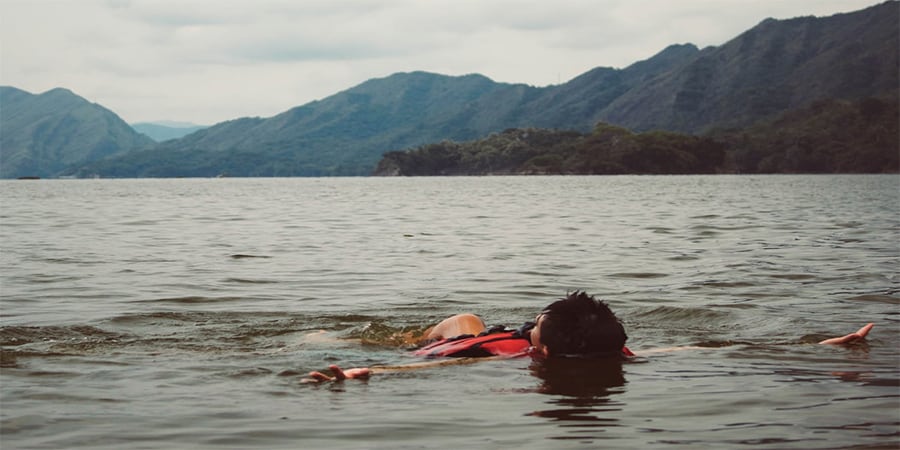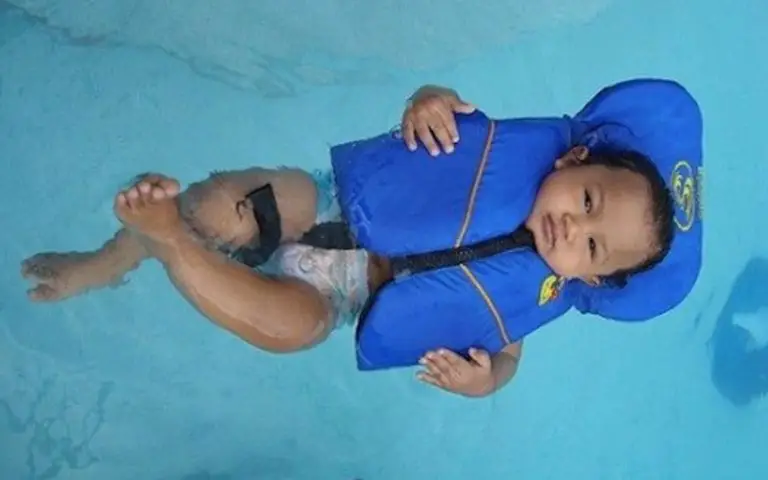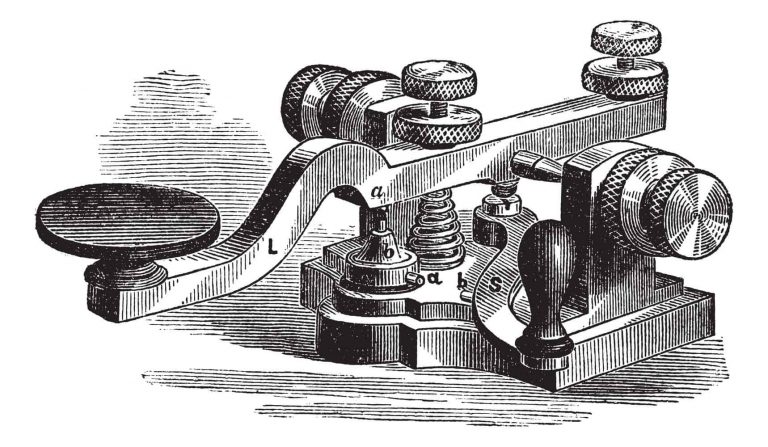What Are The 5 Different Types Of PFDs?

Share this article:
TopNotch Outdoor is independent – we research, test, and rate the top products to help you make the right buying choice. We sometimes use affiliate links and may receive a small commission on your purchase. Learn more…
What Are The 5 Different Types Of PFDs ? There are several types of life jackets on the market today. And the danger of open water means you need to know the most suitable life jacket to use on a specific vessel, or in rough or remote waters, or near shore.
PFDs (Personal Flotation Devices)
A personal flotation device is one fastened to the chest of a wearer to prevent them from drowning in case they fall overboard.
People need life jackets for watercraft activities like water skiing and boating. This safety equipment will keep you in a face up position in the water till a rescue team arrives.
Life Jacket Classification
Inherently Buoyant
An inherently buoyant life jacket is made of foam. This floatation device is suitable for any wearer in rough waters. There is a minimum buoyancy required to keep you in a face up position without hindering your freedom of movement. These pdfs provide such buoyancy.
Hybrid
Hybrid life vests are a combination of the characteristics of inherently buoyant and inflatable life jackets. Each float coat is made with foam and has an automatic inflation style.
Inflatable
Inflatable PFDs are life jackets that come in Type I, II, III, and V. The only type of PFD that does not come in inflatable forms is Type IV because they are throwable.
What’s more…
Most inflatable PFDs are not inherently buoyant. They may not float unless inflated, which does not make them a good option to throw to a person in distress.
Inflatable PFDs are either manual or automatic. For the manual inflatable PFD, you’ll have to pull a cord to activate a CO2 gas cartridge that does the inflation.
The automatic design automatically inflates when wearers fall over the board.
According to the U.S Coast Guard, you need at least one life jacket on board a vessel.
5 Type Of PFDs

There are four types of PFDs, i.e., Type I PFD, Type II PFD, Type III PFD, Type IV PFD, and Type V PFD.
While choosing a PFD, ensure that it is both Coast Guard approved and suitable for your specific water activity.
Type I PFDs
Offshore Life Jackets
The Type I PFD is for use in rough waters. You should wear these life jackets where rescue is not easy to find.
A Type I PFD can come in varying sizes and buoyancy levels. However, the required minimum buoyancy for this offshore life jacket is 20 lbs.
Type II PFDs
Near-Shore Vests
The Type II PFD is suitable for use in calm inland waters where rescue is usually close by.
The adult size provides 15 ½ lbs of buoyancy while the child-size provides 7-11 lbs of buoyancy.
Type III PFDs
Flotation Aids
Wear the type III PFD during watersports.
These life vests are more suitable for use in calm inland waters. The flotation device will turn some unconscious wearers in a faceup position.
Examples of Type III PFDs are fishing vests, float coats, and water sports vests. These Type III PFDs have a minimum buoyancy of 15.5 pounds.
Type IV PFDs
Throwable Devices
You can use the Type IV PFD on any water, including open water or rough or remote waters.
Here’s the thing…
The Type IV PFD is for use when people fall overboard. Someone who’s fallen holds the flotation device to stay afloat till they receive rescue. Examples of Type IV PFDs include the horseshoe buoy, cushions, and ring buoys.
Make sure that that personal flotation device is in good condition (no rips or tears) and is U.S Coast Guard approved. Also, don’t use it on a child or throw it at an unconscious person.
Where your boat is over 16 feet, USCG requires you to have one Type IV throwable device on board.
Type V PFDs
Special-Use Devices
As the name implies, these personal flotation devices are for specific activities. Most work vests are Type V Special Use PFDs, and they provide hypothermia protection. Deck suits are examples of special-use devices.
Automatic inflation models
These Type V jackets have pellets or pills that trigger a gas cartridge when dissolved in water. The jacket then inflates to save a drowning person. Examples include deck suits, belt pack, and float coat.
The buoyancy aids vary between 22.5-34 lbs. And some of them perform like the Type II PFD.
Hybrid Inflation and some special notes
These Type V PFDs are suitable for boating activities where you can easily obtain rescue. The 7.5-22lbs life jackets are more comfortable than the Type I or Type II PFDs.
But then…
They are not for unconscious boat lovers. The inflation mechanism is both manual and automated. It is either it inflates when submerged in water or when you yank a pull tab.
PFD Labels
PDF labels include information on the intended use of a life jacket, its sizing information, instructions on how to use it and maintain it, as well as whether or not the PFD is Coast Guard approved.
Read and understand the information on a personal flotation device label before purchasing.
Conclusion: What Are The 5 Different Types of PFDs
There are five different personal flotation devices designed for your water and boat safety. Make sure you find out which PFD is most suitable for your specific use.
Consider the buoyancy, performance level, and limitations when choosing PFDs for you or your child.
Related: The Best Life Jacket – Definitive Guide (2024)

![TMS CART KAYAK/CANOE: Definitive Review ([currentyear]) TMS CART KAYAK/CANOE: Definitive Review (2024)](https://topnotchoutdoor.com/wp-content/uploads/2021/05/TMS-CART-CANOEKAYAK-FI-768x480.jpg)

![Motorhome Gas Mileage [Definitive Guide] [currentyear] <br>[NEW RESEARCH] Motorhome Gas Mileage [Definitive Guide] 2024 [NEW RESEARCH]](https://topnotchoutdoor.com/wp-content/uploads/2020/11/Motorhome-Gas-Mileage-FI-768x480.jpg)



